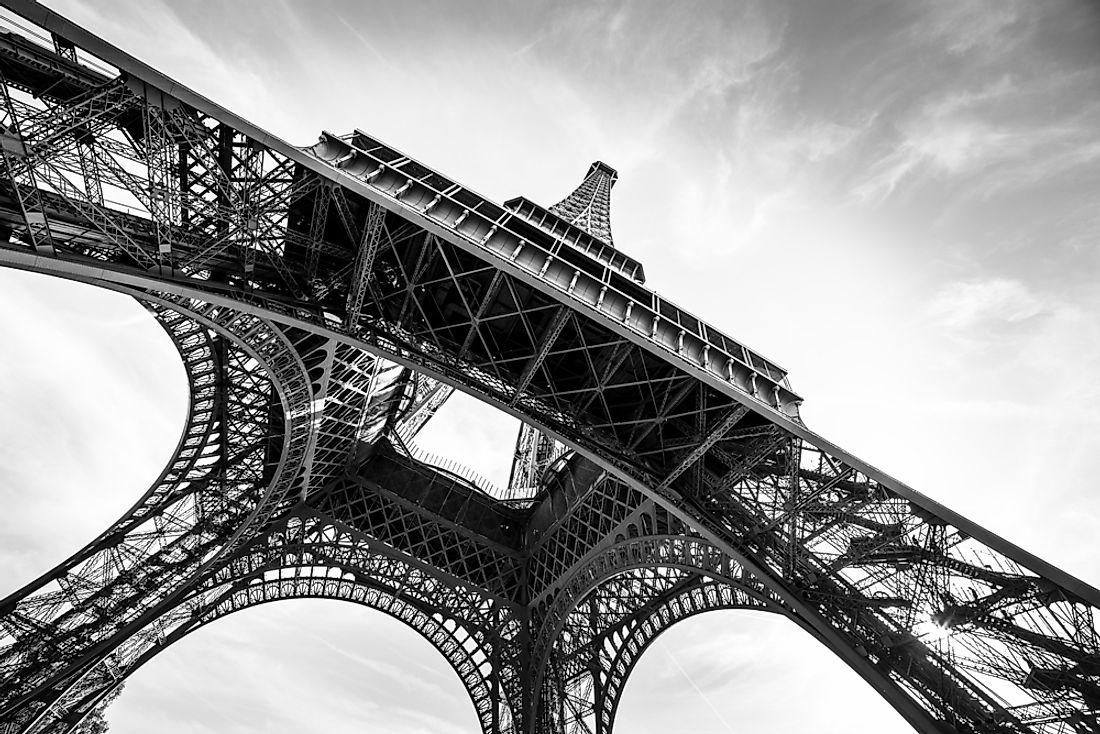When Was The Eiffel Tower Built?

The construction of the Eiffel Tower was carried out between 1887 and 1889. The tower held the record for world’s tallest structure between 1889 and 1930 but remained as France’s tallest structure for many decades. The tower is named after Gustave Eiffel, the civil engineer behind the construction of the tower. The tower was constructed as the centerpiece of the 1889 Exposition that was held in Paris.
History of the Eiffel Tower
Gustave had envisioned a tower to be the centerpiece of the 1889 Exposition and was inspired by New York’s Latting Observatory. Emile Nouguier and Maurice Koechlin are credited with the design of the tower. Adjustments to the original design were made by company’s chief architect, Stephen Sauvestre and saw the addition of a glass pavilion among other additions. Due to its great height, the effect of strong winds was also considered in the design. Gustave was pleased with the design, which he patented and submitted to the organizers of the Exposition for consideration. The tower was chosen to be the centerpiece of the exposition, and Gustave secured a grant towards the construction of the tower. Construction of the tower commenced in January 1887 when its foundations were laid and by December, the legs of the tower were complete. The first level of the tower was completed in March 1888, while the second level was ready by August of the same year. By March 1889, the structural work of the tower was complete, with only the installation of the lifts remaining. The tower was not ready for the start of the 1889 Exposition on May 6th, as works on the lifts continued until May 26th. The tower proved to be a crowd puller during the exposition, with more than 1.89 million people visiting the structure.
Risk of Demolition
According to the agreement made between Gustave and the City of Paris, the tower was to stand for two decades and be dismantled upon the expiry of the period, in 1909. However, the City of Paris decided not to dismantle the tower due to its significance in communication, as radio aerials had been installed on the tower. The tower would face its highest risk of demolition during the Second World War, after Adolf Hitler, facing imminent defeat in France, instructed his Paris military governor, General von Choltitz to demolish the tower, but the general declined to follow the orders.
Additional Features
There have been numerous additional features incorporated into the Eiffel Tower since its completion. Radio aerial found at the top of the tower was added in 1957. Illuminated Citroen signage was placed on the tower in 1925, making the tower the world’s tallest space for advertising. The first level of the tower hosts a seasonal ice rink, a feature that was added in 2004. The 2014 refurbishment of the tower saw the installation of a glass floor on the first level. Maintenance of the tower involves regular repainting of the entire tower, a task that is done after every seven years. The tower has undergone repainting works 19 times since its construction, which involved painting the tower’s structure with lead paint. However, the use of lead paint in the tower’s repainting was stopped in 2001 due to environmental concerns linked to lead.











